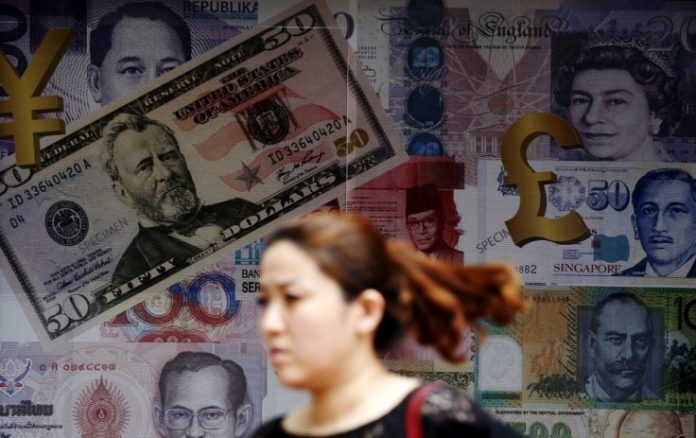Global foreign direct investment (FDI) flows fell by 21 per cent to $1.23 trillion. This is in stark contrast to the accelerated growth in GDP and trade. The fall was caused in part by a 22 per cent decrease in the value of crossborder mergers and acquisitions (M&As). But even discounting the large one-off deals and corporate restructurings that inflated FDI numbers in 2017, the 2018 decline remained significant. The value of announced greenfield investment – an indicator of future trends – also decreased by 14 per cent. FDI flows to developing economies remained stable at $671 billion, seeing no recovery following the 10 per cent drop in 2016. • FDI flows to Africa continued to slide, reaching $42 billion, down 17 per cent from 2018. The decline was concentrated in the larger commodity exporters.
Flows to developing Asia remained stable, at $426 billion. The region regained its position as the largest FDI recipient in the world.
FDI into Latin America and the Caribbean rose again , to 10 per cent to reach $155 billion, lifted by that region’s economic recovery. This was the first rise in six years, but inflows remain well below the 2011 peak during the commodities boom.
FDI in structurally weak and vulnerable economies remained fragile. Flows to the least developed countries fell second year to 15 per cent, to $22 billion. Those to landlocked developing countries increased moderately, by 2.8 per cent, to $22 billion. Small island developing States saw their inflows increase by 4 per cent, to $4.1 billion.
Inward FDI flows to developed economies fell sharply, by 37 per cent, to $712 billion. Cross-border M&As registered a 29 per cent decrease, with fewer of the megadeals and corporate restructurings that shaped global investment patterns in 2016. The strong decrease in inflows was in large part the effect of a return to prior levels in the United Kingdom and the United States, after spikes in 2016 and 2018.
FDI flows to transition economies declined by 27 per cent, to $47 billion, the second lowest level since 2005. The decline reflects geopolitical uncertainties and sluggish investment in natural resources.
Projections for global FDI in 2019 show fragile growth. Global flows are forecast to increase marginally, by up to 10 per cent, but remain below the average over the past 10 years. Higher economic growth projections, trade volumes and commodity prices would normally point to a larger potential increase in global FDI in 2019. However, risks are significant, and policy uncertainty abounds. Escalation and broadening of trade tensions could negatively affect investment in global value chains (GVCs). In addition, tax reforms in the United States and greater tax competition are likely to significantly affect global investment patterns. A decrease in rates of return is a contributor to the investment downturn. The global average return on foreign investment is now at 6.7 per cent, down from 8.1 per cent in 2012. Return on investment is in decline across all regions, with the sharpest drops in Africa and in Latin America and the Caribbean. The lower returns on foreign assets may affect longer-term FDI prospects.



















